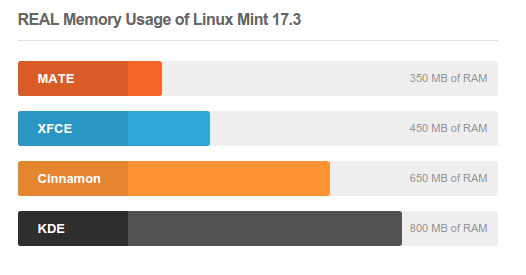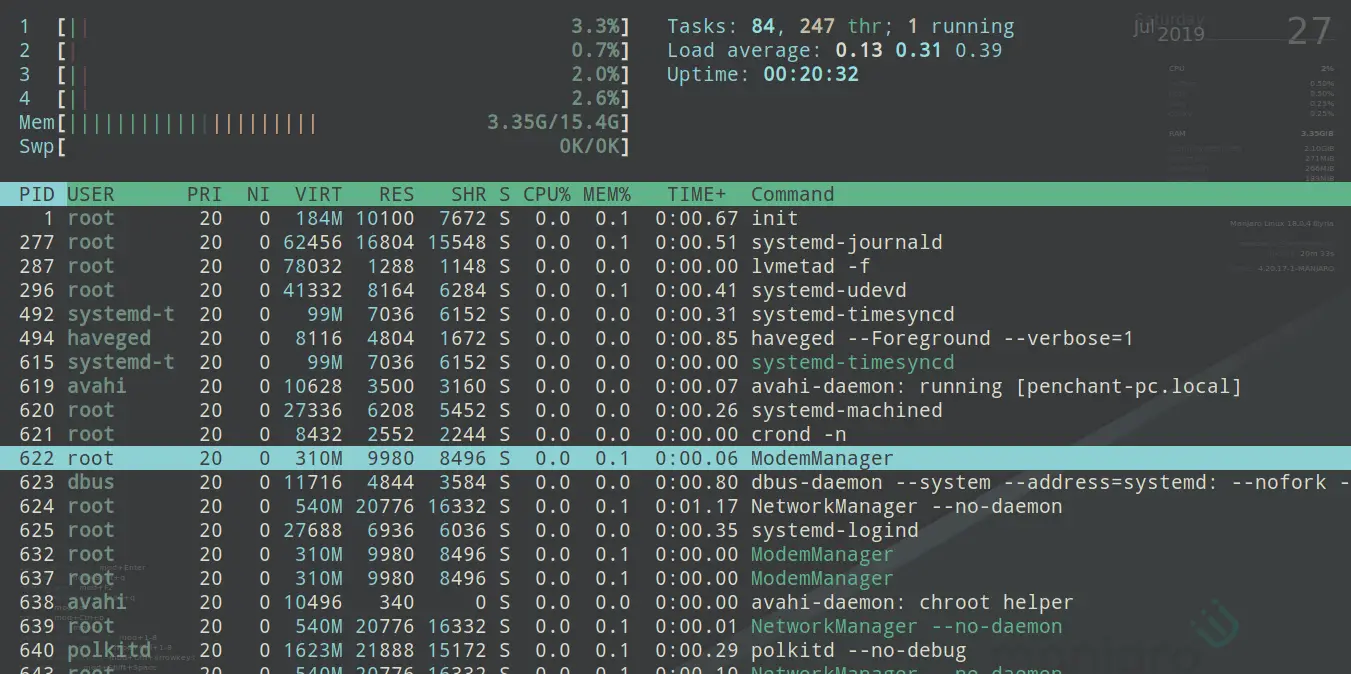

Htop displays a real-time updated list of processes that presently running which is ordered by the CPU usage that is being consumed by each of the processes. Once “htop” is installed, open a terminal and type: htop Htop WARNING this can lead to processes receiving "Cannot allocate memory" error if you have your server overloaded by memory.Step 3. default value is 60), so in normal workflow your application won't go into swap, but if you'll be really short on memory, it will start using it temporarily and you will be able to see it even with df Also you can think about adding a little-bit of swap space (if you don't have it already) and setting vm.swappiness to some really low value (like 5, for example. This will forbid overcommiting and make possibility of OOM-killer doing nasty things very low. So, you can try setting it to vm.overcommit = 2 is nf and then run sysctl -p.


This behavior is controlled by vm.overcommit sysctl parameter. This, in some cases, can lead to OOM-killer killing the most memory-consumptive process if there is no memory for kernel tasks. If it was OOM-killer that did some mess on machine, then you have one great option to ensure it won't happen again (of course after reducing JVM heap size).īy default linux kernel allocates more memory than it has really.

There is no history of memory usage in linux be default, but you can achieve it with some simple command-line tool like sar.


 0 kommentar(er)
0 kommentar(er)
